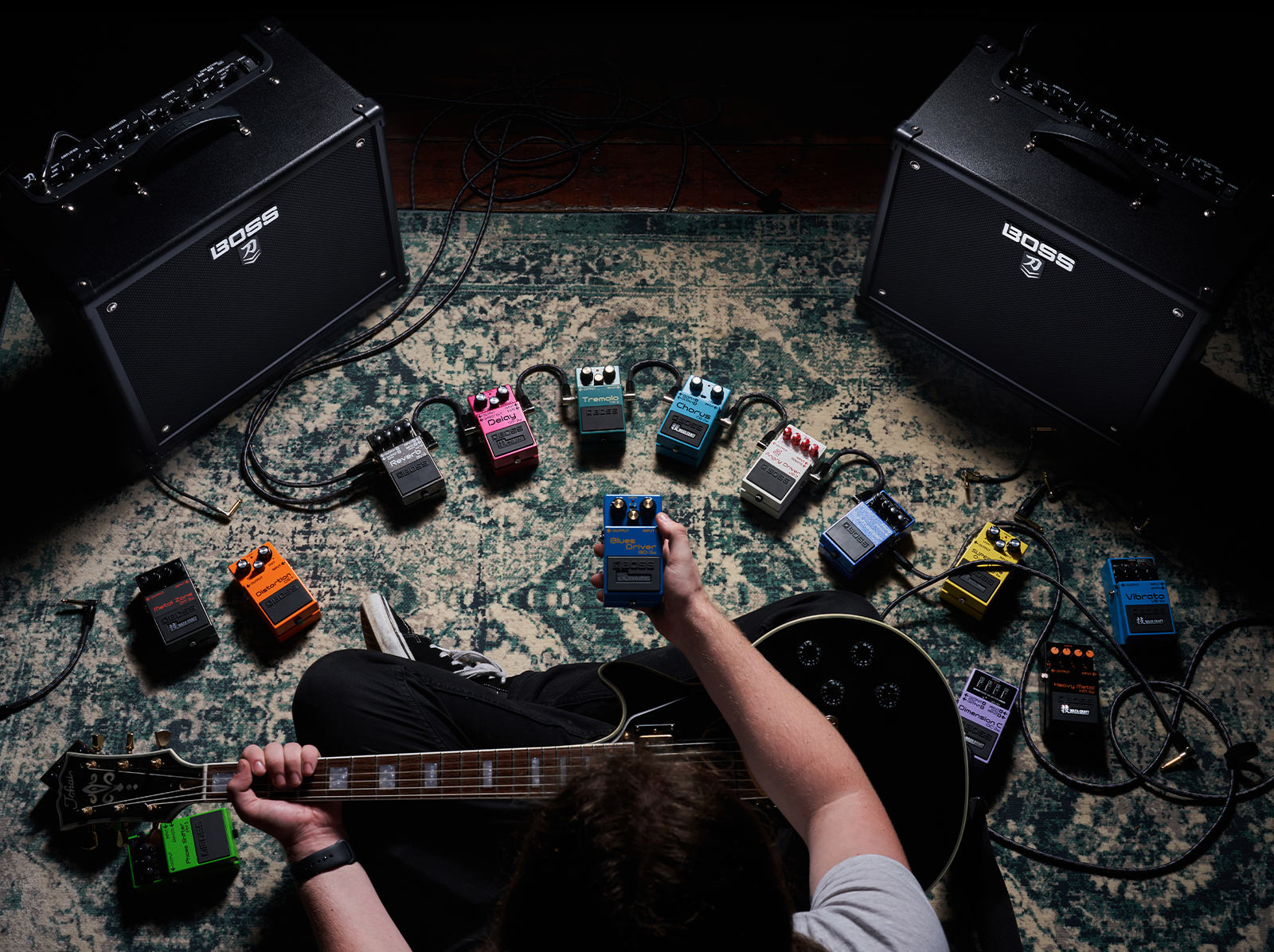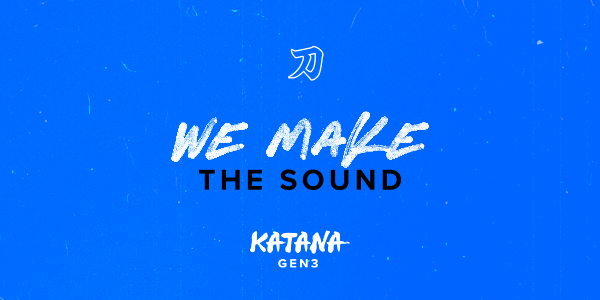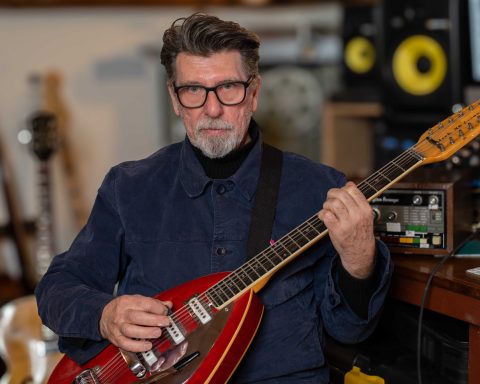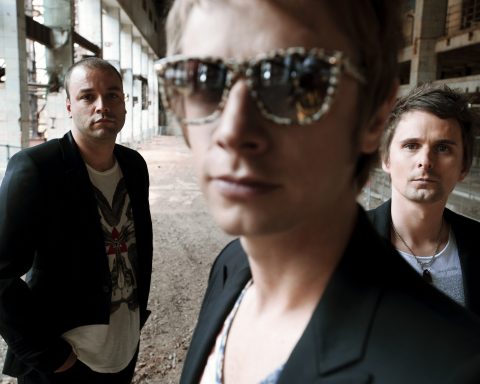The BOSS Katana amplifier range has over sixty built-in effects, of which five can be used concurrently. So, why would you want to add pedals to that? In this article, we dive into the world of pedals and how they can further enhance the BOSS Katana amplifier.
What is a Pedal Platform Amplifier?
In recent years, guitarists have coined the term pedal platform to describe a guitar amplifier that reacts well to the addition of compact effects pedals – especially the drive family of pedals. Typically, users create their core guitar sound from their amplifier, but a pedal platform will often use the clean channel of your amp and then use pedals to craft your various tones.
A pedal platform is a clean slate for users to build their own sound via a combination of external pedals.
Is the BOSS Katana a Good Pedal Platform?
Is the BOSS Katana a good pedal platform amplifier? Does the BOSS Katana respond well to adding pedals to your signal chain? When users talk about a pedal platform, it is safe to assume they’re judging it on the clean sound and how it responds to adding different families of pedals. True to form, the Katana is a versatile unit that works equally well with external pedals and onboard effects. Here’s why:
- The BOSS Katana Gen 3 has six unique amp characters, each with additional variations and sound characteristics.
- The BOSS Class A/B Power Amp and proprietary Tube Logic design make the Katana an excellent pedal platform. The amplifier responds to changes in dynamics and volume, providing ample headroom and allowing you space to push your pedals.
- Variable Power Control means there is no need to crank the Katana to find its optimum tone or sweet spot. You can experience excellent responsiveness at a volume that suits your playing environment.
- The onboard FX Loop gives another dynamic for time-based effects and where they are placed in the signal chain.

Why Add Pedals to BOSS Katana?
Using external pedals can add depth, character, and versatility to your guitar tones, complementing the features of your BOSS Katana amplifier. While the BOSS Katana series offers a wide range of built-in effects, external pedals allow for further customization and experimentation with your sound. Here are just some examples of why you may choose to add to your sound:
- Experimentation and pedal stacking: Adding pedals allows you to experiment with your sound and how different sounds react together. Combining additional sounds and effects can inspire you to explore unique sounds and styles.
- Your favorite pedal: Perhaps your favorite pedal may be discontinued, not included in the Katana, or you want to develop your unique signature sound. Adding your favorite pedal will help you to craft your unique setup.
- Ease of operation: Some compact effects pedals are great fun to tweak. BOSS Tone Studio allows for deep editing and sound creation, and the intuitive Katana control panel offers plenty of experimentation. For easy access to controls, you may opt for an external pedal. For example, using a delay pedal to achieve a reverse sound effect as you play.
- Specialty sounds: If you’re trying to recreate a particular sound, solo, or phrase—you may want a specific pedal.
- Learning: Using a pedal and its controls is one of the best ways to know how it affects your sound. Hands-on experimentation can help you to understand the different controls at your disposal.
- Utility pedals: There are several utility pedals you can add to the BOSS Katana, such as tuners, expression pedals, line selectors, and Loop Stations. Each will add a new dynamic to your setup.
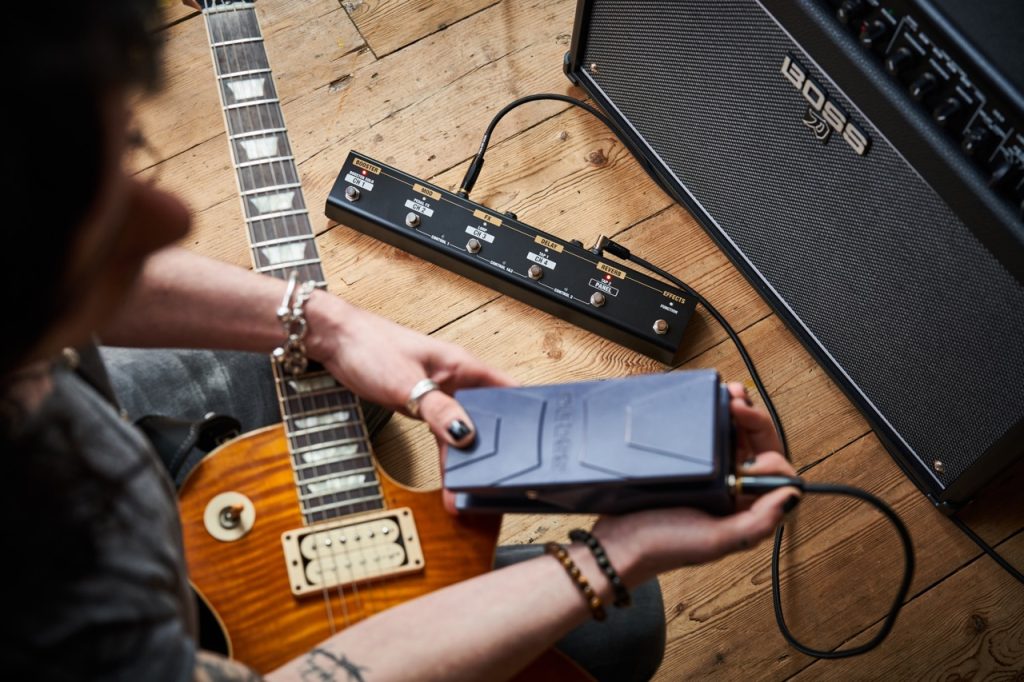
Remember, adding pedals to your Katana amplifier is optional. The Katanais is an all-in-one solution that allows you to achieve your sound with the tools at your disposal. Using the GA-FC (EX) foot controller, you can also activate different memories and onboard effects.
Choosing the Right Guitar Pedals
The guitar effects pedal market is vast and often complex to navigate. Still, effects pedals can be best explained in pedal families—drive pedals, time-based effects, pitch and modulation, etc. Before adding, it is essential to understand each pedal type and how they’ll impact and enhance your sound.
"When selecting pedals, ensure they complement the tones you want to achieve with your BOSS Katana amplifier."
There are many unique best practices, tips, and tricks for each. For example, you can stack drive pedals in various ways. Time-based effects can be added at different stages of the signal chain, and many specialist pedals react differently depending on how they are integrated into your setup. When selecting pedals, ensure they complement the tones you want to achieve with your BOSS Katana amplifier.
Connecting Pedals to Katana
When connecting pedals to your amplifier, there are several pedal order and signal flow considerations, and where you place pedals will impact the result. If you need a refresher, here’s a basic pedal order and signal chain guide.
The Katana has an intuitive signal chain that you can see in BOSS Tone Studio software. Still, when adding external pedals, the most likely decision will be adding to the effects loop vs. into the front of your amplifier. The effects loop allows you to add effects after the preamp but before the power amp, giving additional clarity to time-based effects like delay and reverb.
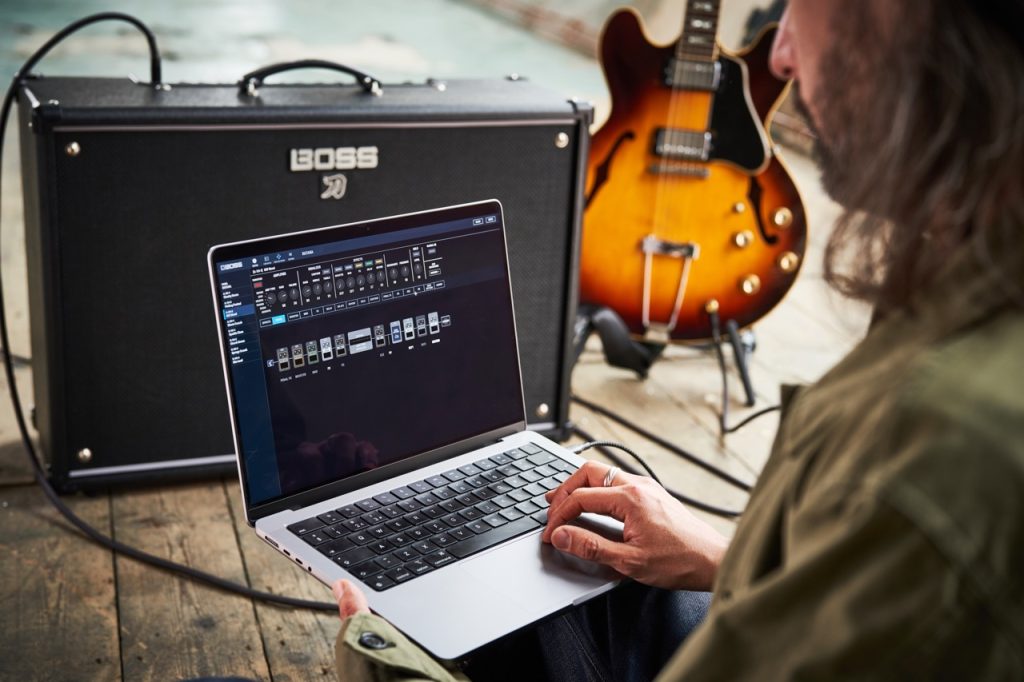
Tips for Pedal Setup and Combinations
Guitar pedals are professional tools to help craft your sound, but pedals are also great for inspiration. There are endless possibilities, and here are some of our top tips for experimenting with guitar pedals.
- Gain Staging: Explore using the gain levels on your pedals to work in harmony with your amp’s preamp gain, ensuring optimal tone and avoiding unwanted noise or distortion.
- Tone Shaping: Use the EQ controls on your pedals and the tone controls on your BOSS Katana amplifier to sculpt your desired sound.
- Layering Effects: Experiment with stacking pedals to create unique and complex tones, such as combining overdrive and modulation effects for textured lead tones or layering delay and reverb for atmospheric sounds.
- Saving Presets: Save your preferred amp/pedal settings as part of your amp presets using the BOSS Tone Studio software, allowing for seamless recall of your favorite tones. This will help when using a base tone for pedal exploration.
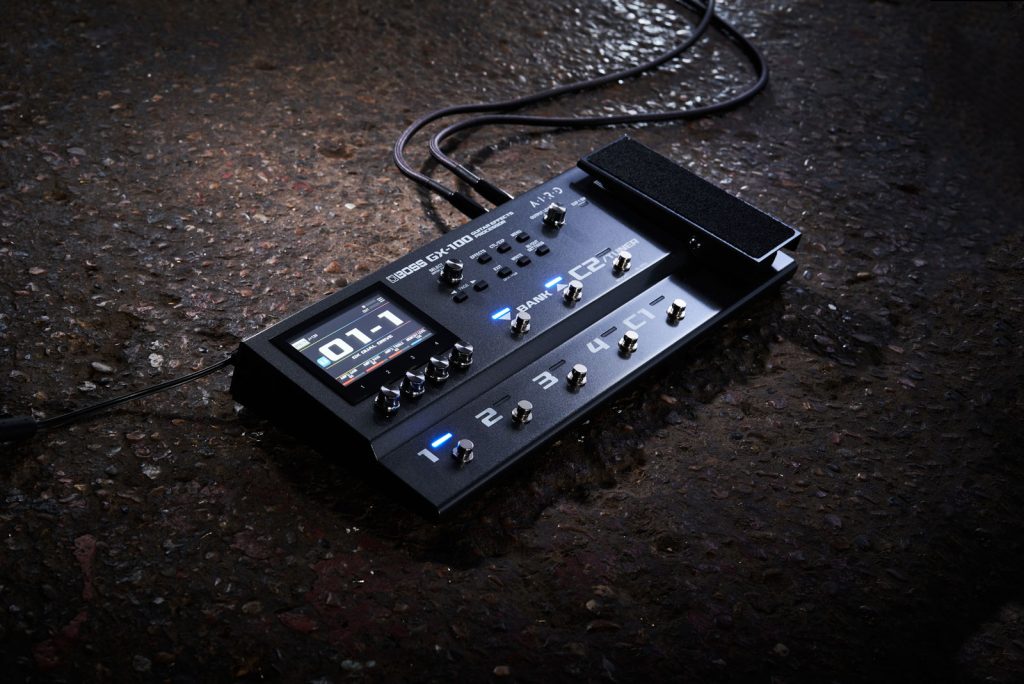
Using Katana as a Power Amp
Did you know you can use the BOSS Katana as a Guitar Power Amp? The BOSS Katana has a unique power amp feature, which allows you to bypass the Katana preamp circuitry and use the Katana as a powered speaker. This is especially exciting if you use a modeling amp or multi-effects unit.
You can amplify your sound if you have a multi-effects unit, such as the BOSS ME-90, GX-100, or GT-1000. You can plug directly into the BOSS Katana to amplify your multi-effects sound.
"The BOSS Katana has a unique power amp feature, which allows you to bypass the Katana preamp circuitry and use the Katana as a powered speaker."
Let Your Pedal Exploration Commence
External pedals offer endless possibilities for enhancing your guitar tones and expanding your sonic palette with your BOSS Katana amplifier.
Whether you’re a seasoned pedal enthusiast or just starting to explore the world of effects, integrating external pedals with your BOSS Katana amplifier opens a world of creative possibilities. It allows you to unlock your full potential as a guitarist.
- View the BOSS Katana amplifier series
- Check out our famous collection of BOSS compact effects pedals
